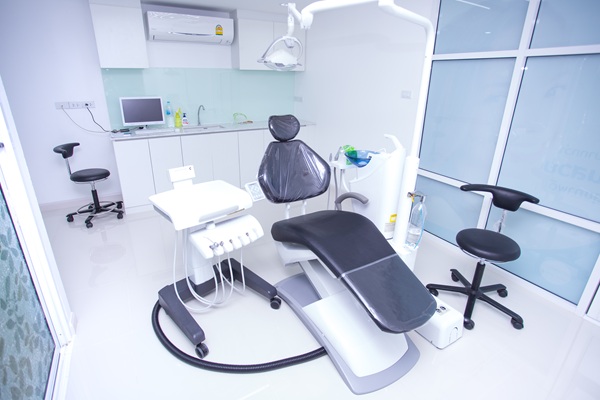Reasons to Choose Invisalign® to Straighten Your Teeth

Invisalign® offers benefits that traditional braces and other methods of teeth straightening do not. The clear aligner treatment system is a convenient, comfortable and discreet treatment option that allows patients with mild to moderate teeth alignment concerns to achieve a more attractive smile that makes them proud.
The benefits of Invisalign® treatment
Every patient has their own reasons for considering and choosing Invisalign treatment. However, there are some more notable reported benefits that patients receive with Invisalign. This includes but is not limited to a transparent and less discreet method of treatment, fewer dietary restrictions, fast treatment times and an easy oral care routine.
Transparent aligners
Many older teenagers and adults prefer a method of teeth straightening that is more discreet. Invisalign offers a clear aligner system that is essentially invisible to others. This means others are not likely to notice the aligners while they are worn, which helps patients feel more confident during treatment. In addition, the Invisalign aligners are removable, so patients can remove them if they have an important presentation, interview or another important moment in school or in a professional setting.
Fewer food restrictions
The main concern of many patients who are deciding on the best choice for orthodontic treatment is how it will affect their ability to eat certain foods. Metal brackets and wires that are used with braces can become damaged by hard and sticky foods, and the risk of stained teeth is slightly higher with braces as well.
On the other hand, Invisalign aligners are removable, which means that they are not at risk of being damaged while the patient eats. While it is best to limit the consumption of foods and drinks that are high in sugar and other carbohydrates, Invisalign does provide the patient with fewer food and drink restrictions during the treatment process.
Fast treatment times
Invisalign takes between six months to two years, but the average length of treatment is less than with traditional braces. During treatment, patients receive new Invisalign aligners every one or two weeks, whereas braces are tightened less often. Constantly wearing new aligners pulls teeth into the ideal position quickly and safely, and the dental professional monitors the treatment process every step of the way in case there are any concerns that develop.
Easier oral care routine
Good care is essential during orthodontic treatment. This is because wearing clear aligners (or wearing braces) increases the risk of cavities and teeth stains. However, oral care is easier with Invisalign as the aligners are removable. This means there is nothing obstructing the surface of teeth while brushing, flossing or using mouthwash. However, patients should still take extra precautions to avoid oral health concerns while wearing Invisalign.
Talk to our dental team about Invisalign® treatment
You can learn more about Invisalign by contacting our dental office to arrange your first visit. During your visit, we can discuss your treatment goals, explain the process for Invisalign treatment and get you started on your path to an improved smile with straighter teeth.
Request an appointment here: https://www.arcdentistry.com or call Arc Advanced Dentistry & Cosmetics at (516) 301-9038 for an appointment in our Long Beach office.
Check out what others are saying about our dental services on Yelp: Invisalign in Long Beach, NY.
Recent Posts
Understanding how Invisalign works is the first thing you must do when considering this popular teeth straightening option. You will undergo an initial evaluation performed by a dental professional, who will then assign you a certain number of custom-made aligner sets, which need to be switched out every two weeks. After using the last set…
Understanding the pros and cons of Invisalign® and veneers is an important first step to deciding which treatment option is right for you. Many are familiar with Invisalign for a straighter smile, but fewer have heard of veneers for orthodontic treatment. This review offers insights into Invisalign and veneers as it relates to correcting teeth…
Invisalign® is a popular way to straighten teeth that are crooked, crowded, or gapped. Additionally, it is a good option for very minor bite issues, such as over or underbites. However, more involved orthodontic problems may require alternative treatments. Thankfully, the Invisalign® technology has improved over the years, which has allowed for the treatment to be…
Invisalign® has become a popular choice among adult and teenage patients. Unlike traditional methods of teeth straightening, Invisalign® offers patients an array of benefits, including an easy treatment process and flexibility. One common question that comes up when considering teeth straightening is whether patients should visit an orthodontist or general dentist for treatment. Each patient is…


